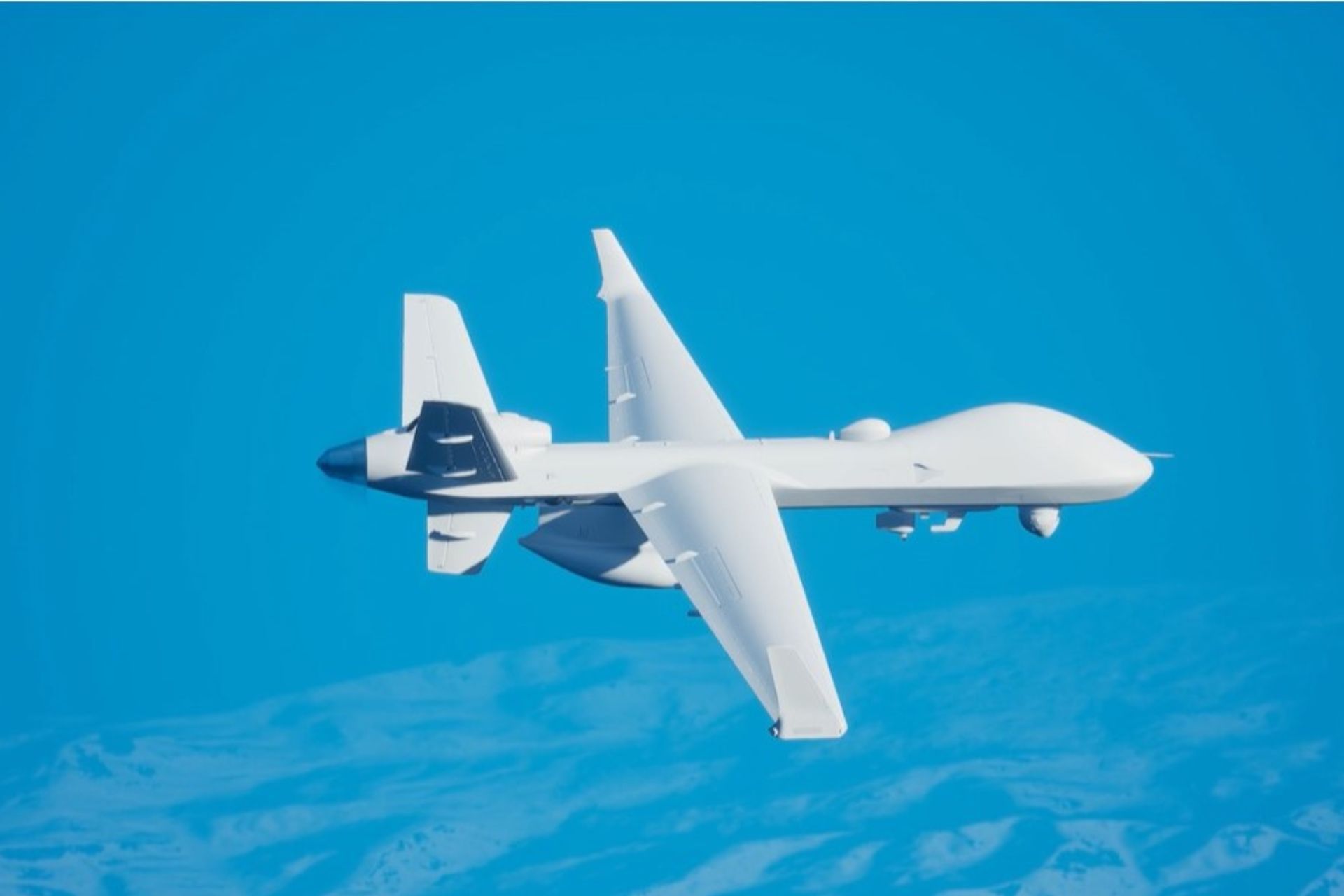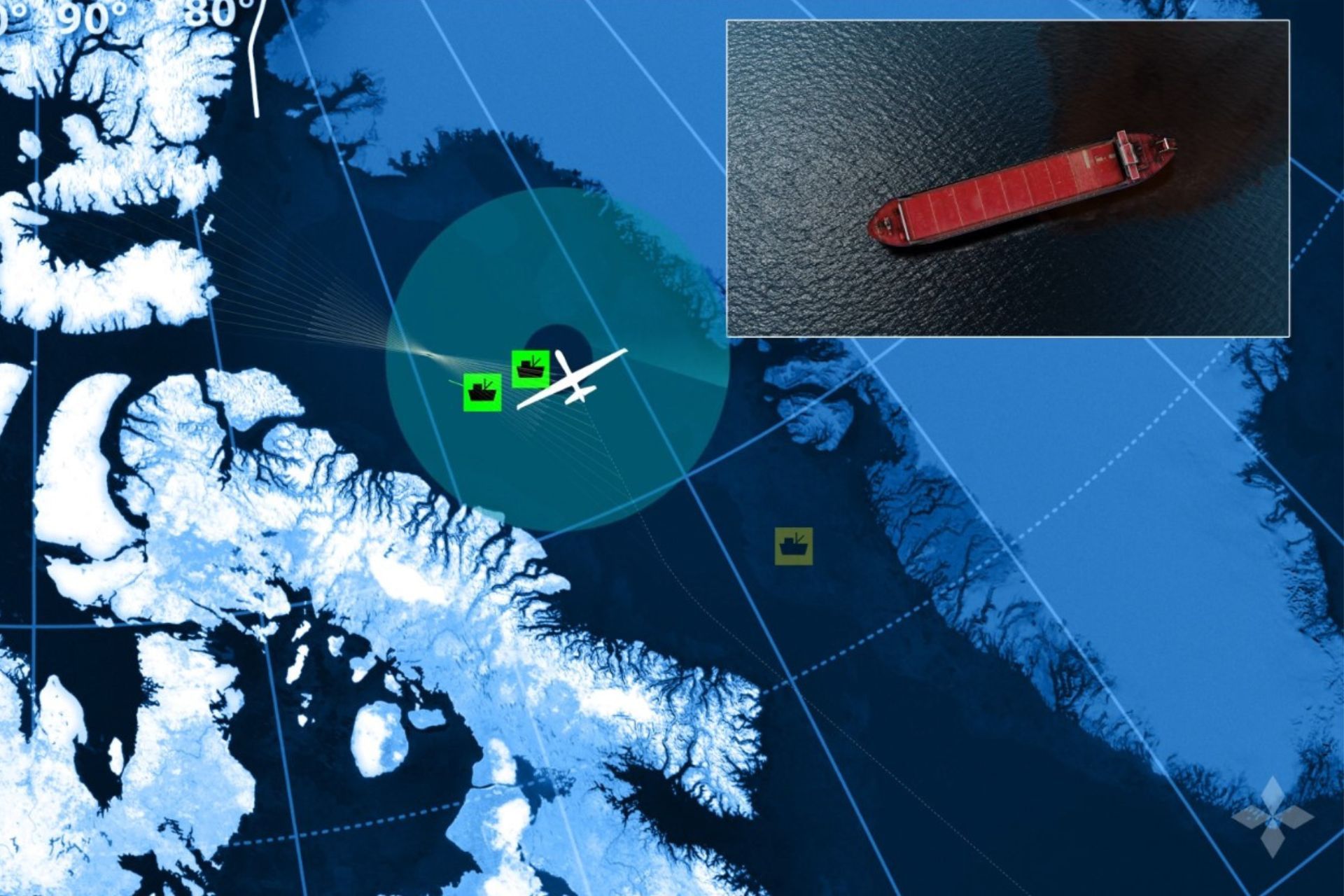Breaking News
Arctic Frontlines: How MQ-9B SkyGuardian Drone is Shaping Security Strategies.
The Arctic, once remote and inaccessible, is now an area of heightened competition due to climate change and increasing geopolitical tensions. Melting ice is opening new maritime routes and granting access to previously untapped natural resources, attracting global powers. This transformation has been accompanied by militarization of the region by actors like Russia and growing strategic ambitions from China. In this evolving context, Arctic nations and their allies must adopt advanced technologies to ensure constant surveillance, protect sovereignty, and address emerging threats. The MQ-9B SkyGuardian, developed by General Atomics Aeronautical Systems, is positioned to address these challenges.

The MQ-9B, equipped with advanced anti-icing systems, lightning protection, and a fatigue-resistant airframe with a 40,000-hour lifespan, is designed for extreme environments (Picture source: GA-ASI)
The MQ-9B SkyGuardian is a next-generation unmanned aerial vehicle (UAV) designed for intelligence, surveillance, and reconnaissance (ISR) missions with extended endurance and medium-altitude capabilities. With over 40 hours of flight autonomy, it can cover distances exceeding 11,100 kilometers at a maximum speed of 210 knots (390 km/h) and operate at altitudes up to 13,500 meters. It can carry a payload of 2,155 kg across nine hardpoints, including precision sensors, EO/IR systems for optical and infrared surveillance, and the multi-mode Lynx radar. These features enable the drone to identify, track, and analyze airborne, ground, maritime, and underwater targets in complex environments.
The MQ-9B is also designed to withstand harsh conditions and adapt to extreme environments. Equipped with advanced anti-icing systems and lightning protection, its airframe is built to resist fatigue and damage, offering an operational lifespan of 40,000 hours. Certified to meet STANAG 4671 standards, it is suitable for integration into civilian airspace, enabling flexibility for both military and civilian applications. The drone is well-suited for search and rescue operations, maritime surveillance using 360° radar, and environmental monitoring missions.
One of the MQ-9B’s defining features is its advanced satellite connectivity. Unlike many UAVs, it relies on low-earth orbit satellite networks to maintain stable and uninterrupted communication, even at high latitudes where traditional coverage is limited. This capability was demonstrated during a flight beyond the 78th parallel north, showcasing the drone’s adaptability. Upcoming satellite constellations expected by 2026 will further enhance its surveillance and communication capabilities.

The MQ-9B features enable it to identify, track, and analyze airborne, ground, maritime, and underwater targets in complex environments (Picture source: GA-ASI)
In September 2024, Canada announced the procurement of 11 MQ-9B SkyGuardian drones for Arctic surveillance, part of a $2.5 billion investment. These drones will be deployed at 14 Wing Greenwood in Nova Scotia and 19 Wing Comox in British Columbia, supporting missions alongside other Royal Canadian Air Force aircraft. Capable of performing a wide range of tasks, from sovereignty patrols to humanitarian response and precision strikes, the MQ-9B addresses diverse operational requirements. However, adapting the drones to extreme Arctic conditions, such as temperatures below -35°C, and building local expertise in operating large UAVs have posed challenges that have delayed their deployment until 2028.
To support these operations, Canada is constructing a state-of-the-art command center in Ottawa at a cost of $65 million. This 6,000-square-meter facility will house 200 personnel responsible for managing the drones through six remote operating stations. The facility aligns with NORAD modernization efforts, demonstrating Canada’s commitment to addressing current and future strategic needs.
The MQ-9B SkyGuardian offers advanced capabilities to address the complex challenges of Arctic surveillance and security. With its endurance, operational versatility, and adaptability to extreme environments, it supports both military and civilian missions, playing a pivotal role in safeguarding Arctic sovereignty and stability.


























